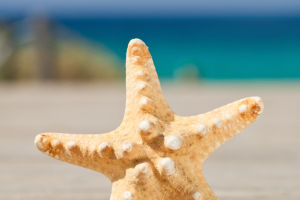Penguins are fascinating creatures that inhabit the southern hemisphere, primarily in the Antarctic and Cape Town, South Africa. There are 17 to 18 different species of penguins, with most residing in temperate regions at lower latitudes.
However, the only two species that live exclusively in polar regions are the Emperor penguin and the Adelie penguin.
The Adelie penguin is the most common species in Antarctica and is named after Adélie Land on the Antarctic continent, which was named by French explorer Dimon Dilville after his wife in 1840. These small to medium-sized penguins are difficult to distinguish between males and females as they are identical in shape and color.
Adelie penguins are known for their wide distribution and are found in large numbers in the Antarctic region.
The Emperor penguin is the largest individual species in the penguin family. During the harsh Antarctic winter, emperor penguins breed their offspring on the ice, with females laying one egg at a time and males incubating the eggs.
Males have a vascular, purple-skinned pouch between their legs and the underside of their abdomen that keeps the eggs at a comfortable 36 degrees Celsius in ambient temperatures as low as -40 degrees Celsius.
The Hooded Penguin is another species of penguin that is distinguishable by its black stripe at the base of its neck, resembling a naval officer's hatband.
These penguins reside in the South Sandwich Islands, Antarctica, South Orkney Islands, South Shetland, South Georgia, Bouvet Island, the Ballerina Islands, and Peter Island.
The Emperor Penguin may be clumsy and wobbly on foot, but it can quickly ski on its belly with its wings and stomp on its hind limbs to escape from predators. This species is commonly found in sub-Antarctic regions and islands, and like other penguins, it is vulnerable to seal predation.
Seals are the top predator in the Antarctic pyramid of life, with six different species found in the region. These stocky, courageous animals have sharp teeth and are slow and clumsy on the ice, but can reach speeds of up to 37 km/h in the sea.
Seals are a significant threat to penguins, and a leopard seal can eat more than 15 penguins in a day. However, they usually prey on weaker or sick penguins.
In the eyes of many people, penguins are the ambassadors of Antarctica. Their black and white coloring and adorable appearance make them the perfect match for the pure white landscape of the region. However, penguins face several natural threats, with seals being the most formidable.
While seals are the main predator of penguins, they are not the only threat. Humans also pose a danger to penguins, with pollution, habitat destruction, and climate change being significant concerns.
Pollution and habitat destruction can cause problems for penguins, such as oil spills that can destroy their feathers, leading to hypothermia. Climate change can also cause problems for penguins, such as melting sea ice, which can impact their food sources and nesting sites.
In conclusion, penguins are an integral part of the Antarctic ecosystem, with each species playing a unique role in the region. While they face natural and human threats, their resilience and adaptability allow them to continue thriving in the harsh conditions of the southern hemisphere.
As such, it is essential to continue studying and protecting these fascinating creatures to ensure their survival for generations to come.


